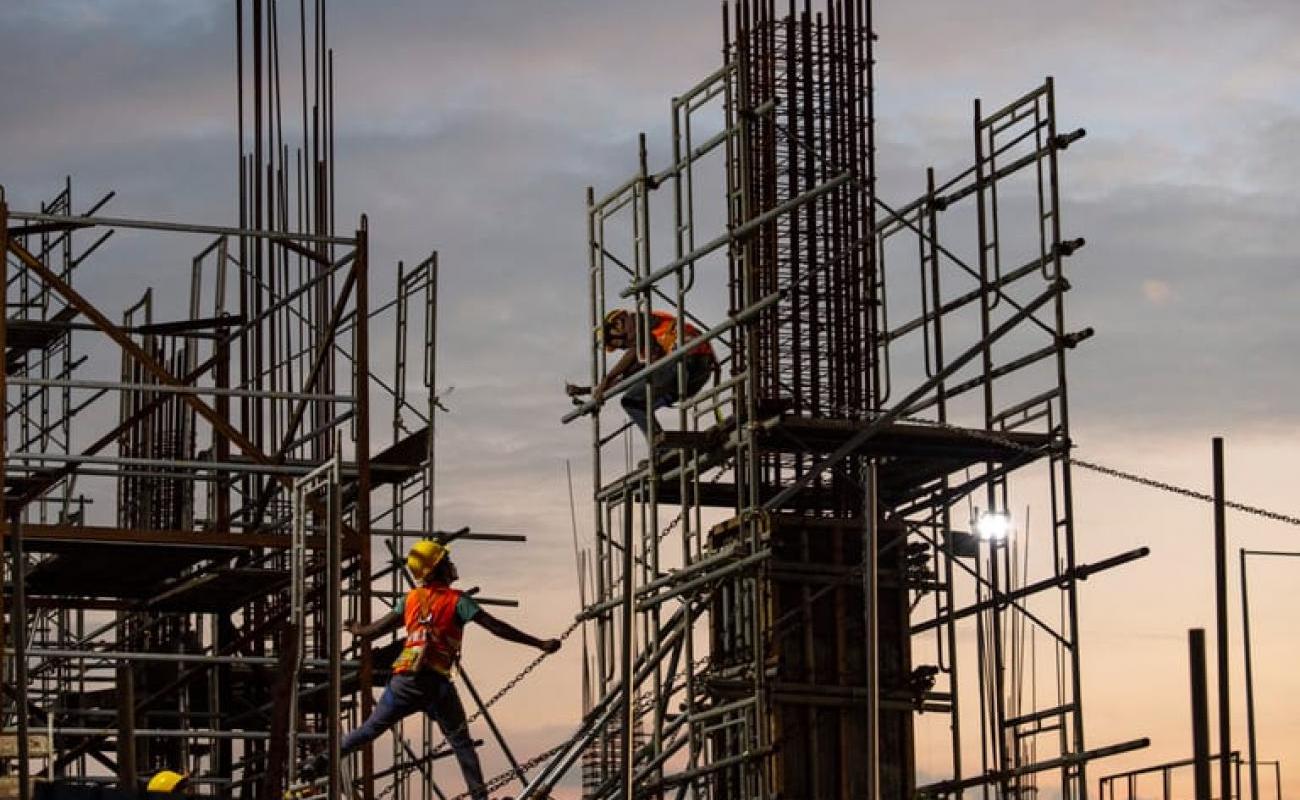EU lines up 70 projects to rival China’s Belt and Road infrastructure spending

The European Union’s riposte to China’s web of trade and infrastructure projects spanning the globe is finally getting real.
Europe's flagship Global Gateway projects seek to offer developing countries an alternative to China's strategic largesse in the Belt and Road Initiative, through which Beijing projects its power along strategic trade routes via port developments, energy schemes and telecoms networks.
The first projects of EU's Global Gateway include a digital cable under the Black Sea; a submarine optical fiber cable to connect the Mediterranean and Northern African countries, and a dam and hydroelectric plant in Cameroon.
Those are just some of the 70 projects that the EU is prioritizing this year under the Global Gateway, according to a document obtained by POLITICO.
“Global Gateway is becoming concrete. Now we mean business," one senior EU official said of the project hit list.
The Global Gateway aims to mobilize up to €300 billion in public and private funds by 2027 to finance EU infrastructure projects abroad.
By comparison, China has invested nearly $2.3 trillion into nearly 4,000 overseas investment and construction projects since 2005 — giving Beijing a big head start just as the EU launches its effort to extend its economic reach.
Belt and Road projects account for around $370 billion of that, the American Enterprise Institute estimates, with the pace of outlays slowing due to the economic impact of Beijing’s policy of suppressing the coronavirus pandemic that were only eased late last year.
Project selection
The West has faced repeated criticism that its efforts to challenge the Belt and Road are too fragmented and slow.
European Commission President Ursula von der Leyen told a meeting of EU foreign ministers last month that the bloc needed to raise its game and deliver visible results on the ground. That meeting led to the selection of the first batch of projects.
"This shows what Global Gateway will look like in practice on the ground in 2023," said a second EU official.
Some of the Global Gateway projects are low-hanging fruit, with concrete steps in prospect this year such as starting construction work, signing a memorandum of understanding or lining up financing. Meanwhile, the EU will start laying the groundwork for other projects in the next coming years.
The first official stressed that the list did not reflect any geopolitical choices. "There is no political messaging behind this," the official said.
But there are some sensitive projects which may have geopolitical ramifications.
The EU has several projects planned in China's backyard, such as an energy transition partnership with Indonesia and a digital connectivity project in the Philippines. The same goes for some projects in Russia's backyard, such as a hydrogen project in Kazakhstan, a transport link in Central Asia, two projects in Mongolia and a hydro-power plant in Tajikistan.
The list of priorities was first discussed by EU diplomats last Friday. There will be further talks this week, with the aim of wrapping up the list in the week of February 6, the two EU officials said.
